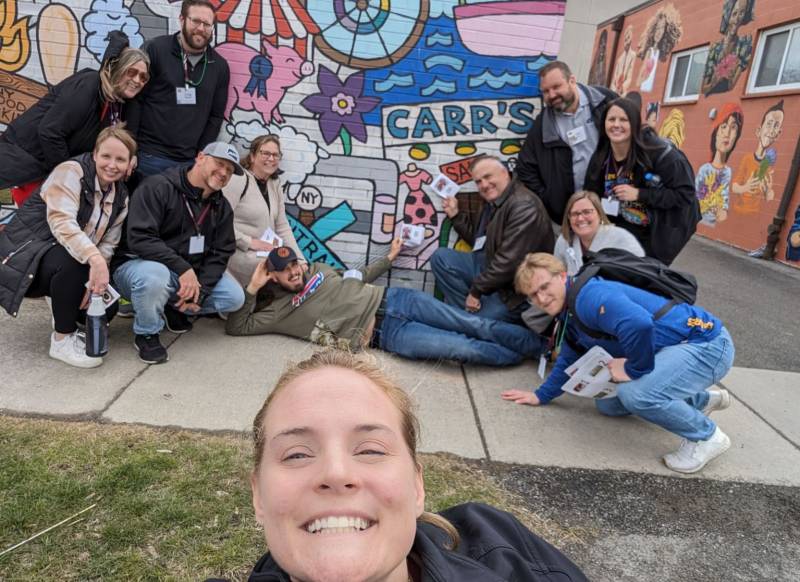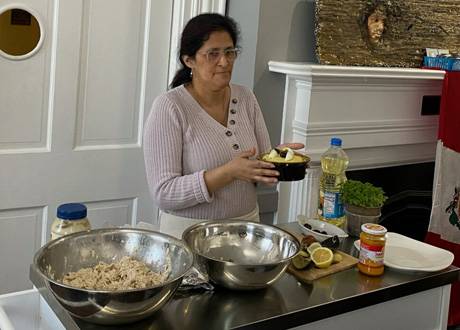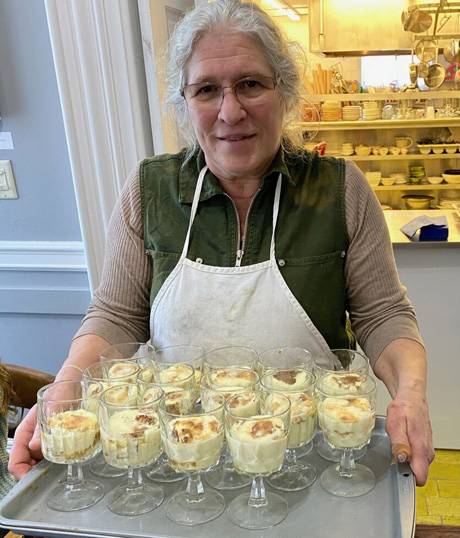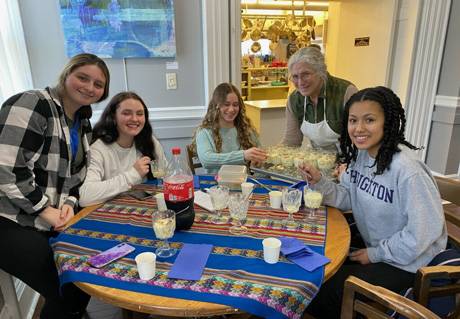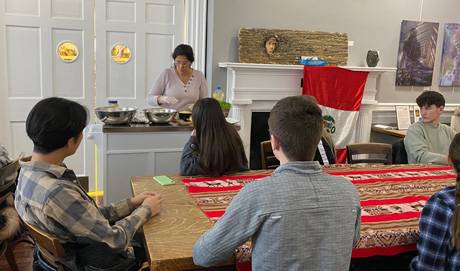Leadership Genesee discovers the abundance of Genesee County arts & culture
By Peggy Marone LG ‘02, Director
Press Release:
How many times have you driven in downtown Batavia and never noticed there are more than 20 murals between Jackson, Ellicott, and Bank Streets? The Leadership Genesee (LG) Class of 2024 discovered them during a ‘scavenger hunt’ activity on March 27, LG Arts & Culture Day.
One participant shared, “The scavenger hunt allowed us to really observe the murals. How often I drive by these murals and don’t really notice the detail or the extent of artwork on display. Some of the murals I have never seen or noticed (like the one on the fire hydrant). Art can be made anywhere!”
Leadership Genesee Our Arts & Culture Day works to raise awareness about arts initiatives and activities in Genesee County and reveal some of our cultural history and traditions. “This month's topic really encouraged me to think about my personal background and heritage. Our community is so diverse!” said one participant.
The group met at Genesee-Orleans Regional Arts Council (Go Art!) for the morning hearing from Gregory Hallock LG ’18, Executive Director, about how the organization has grown over the past several years. The organization is dedicated to developing the cultural life in Genesee and Orleans Counties by facilitating the creation, presentation, and experience of art, heritage, and traditions. The facility has a dance studio, podcast studio, displayed art, open mic sessions, Tavern 2.o.1 as well as offering community events. The class had the opportunity to tour the facility and participate in a Bollywood Dance session.
Terry Abrams LG ’07, Curator/ Collections Manager, Niagara County Historical Society, shared information about The Tonawanda Seneca Nation, our neighbors in Genesee County. Terry spoke of Seneca's history and culture and how their values remain strong and intact. Language, song, art, dance, and sports are all vital aspects of Seneca culture.
After a tour of Main St. 56 Theater and learning about the initiatives from Batavia Players to bring additional live theater to Genesee County and offer options to kids for theater camps, the group visited The Harve in the Harvester Center. The Harve is a 7,000-square-foot hidden gem of art and music! Nestled within The Harvester Center with its entrance just through Pub Coffee Hub this vibrant venue is a haven for creativity and entertainment.
After sharing stories of their cultural heritage, the group participated in a drum circle led by Jackie Swaby, Executive Director of the Arts Council for Wyoming County. Jackie not only shared her expertise in drumming but the background and significance of drumming. The group ended the day by participating in activities to create their own stories through art.
Leadership Genesee is a program of Cornell Cooperative Extension of Genesee County, an employer, and educator recognized for valuing AA/EEO, Protected Veterans, and Individuals with Disabilities, and provides equal program and employment opportunities.
For more information, visit LG’s website at http://genesee.cce.cornell.edu/leadership-genesee; “like” LG on Facebook at www.facebook.com/leadershipgenesee; or contact Program Director Peggy Marone at (585) 343-3040, ext. 118 or mem77@cornell.edu.
